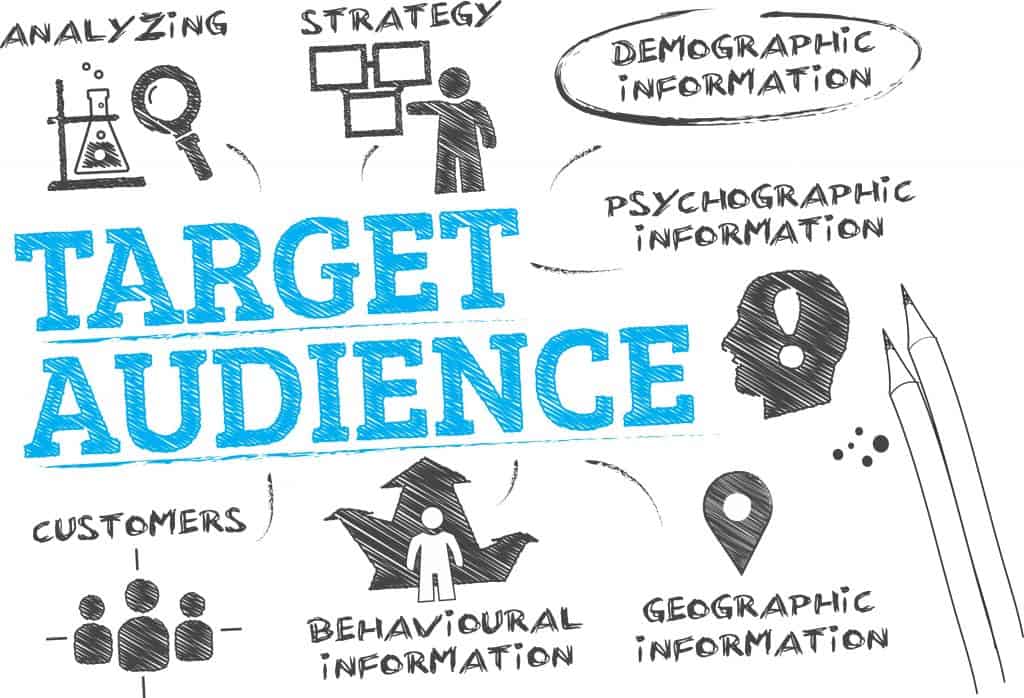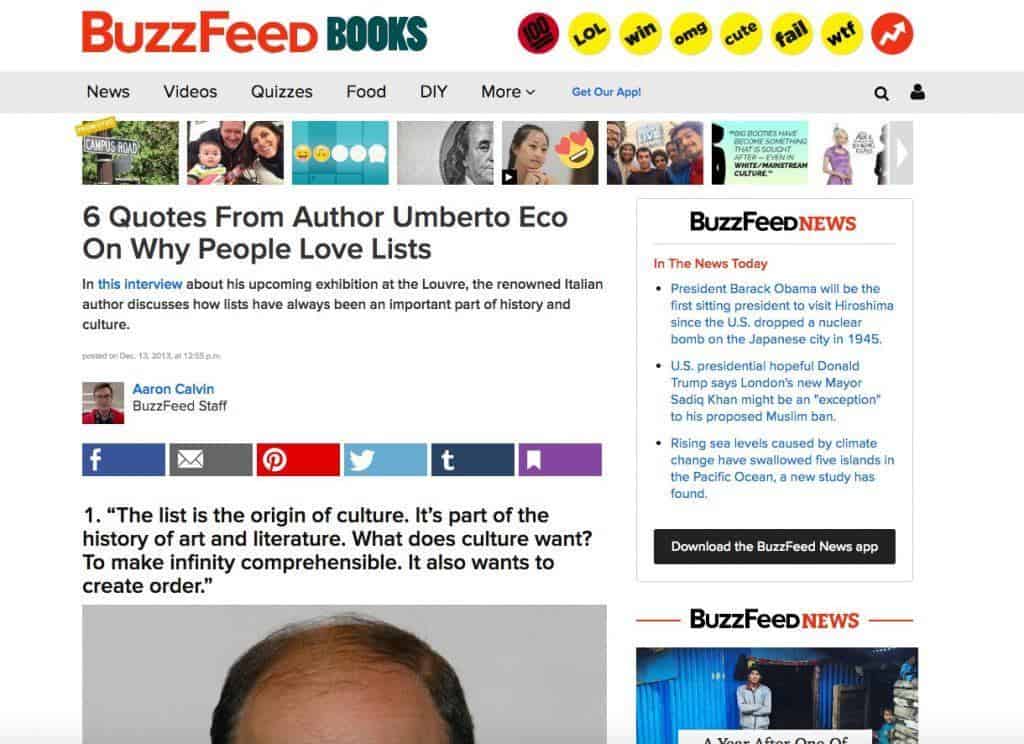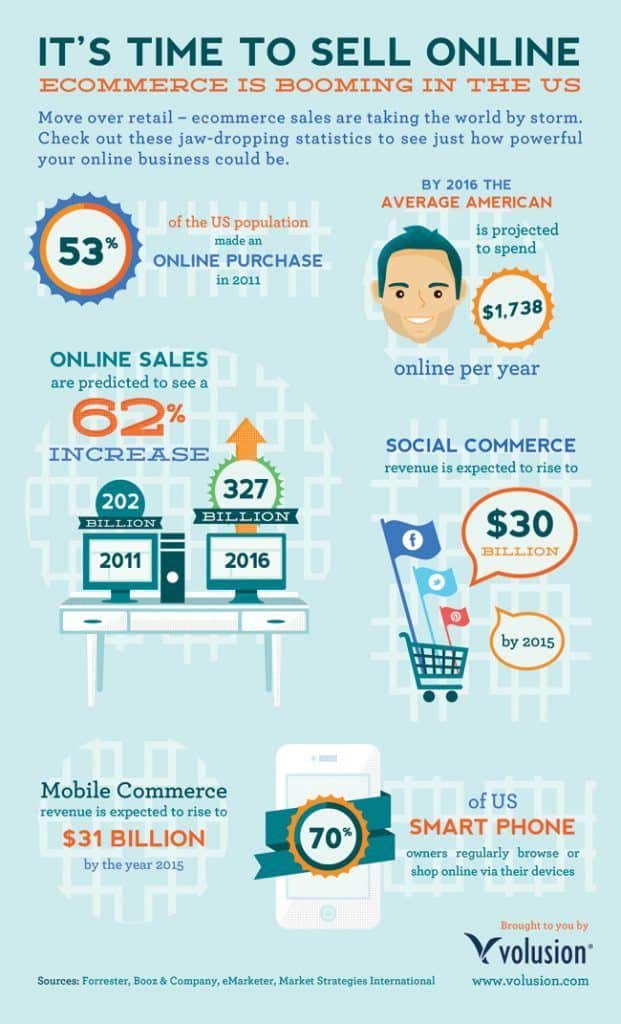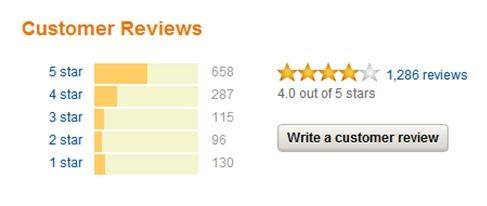
8 Types of Ecommerce Content You Should Start Using
Ecommerce has never been more relevant in today’s world. With so much competition for online stores, it is essential that you do what you can to stand out from the crowd. But how do you get the upper hand digitally? The key is through content marketing. Content strategy for ecommerce provides an avenue to gain visibility online, augment your search engine ranking and find ways to increase traffic and conversion rates like never before.

What Is Content Strategy for Ecommerce?
Before you can go too far into creating your ecommerce content strategy, you need to have a strong idea of what content for ecommerce actually is. Many people think of blogging and other written information as content, but that isn’t all that’s included in the package. The definition of content has evolved to include more visual items, including videos, audio and infographics.
Content is no longer just there for the search engine algorithms to find, either. Link building and increasing your organic reach remains important; however, content strategy for ecommerce is also about building authority, increasing the awareness of your brand and engaging with your customers. Ultimately, being a master of ecommerce marketing means providing multiple touchpoints to take potential leads through the buying process to convert them into customers.
Types of Ecommerce Content
Over the years, ecommerce content marketing has seen many changes, mainly to keep up with the ever-changing search engine algorithms. Plus, customers shop more with their emotions now than they used to, making customer engagement that much more important. Whether you are starting up a new ecommerce website or looking to re-tool your old one to boost your business, we have eight game-changing types of ecommerce content that you can start using right away. Along with these, we have a few tips that you need to know to create the best website and ecommerce content marketing strategy possible.
A full arsenal of content pieces and media will help you optimize your marketing strategy. Below are some of the best forms of content proven to drive traffic and increase conversion. They work best as part of an integrated content strategy for ecommerce rather than being the sole type of content on your site, so don’t hesitate to use most if not all of them to fuel traffic.
1. Lists
You may be familiar with lists. Sites such as Buzzfeed have made a strong business out of developing articles made from lists.
Use lists to catch the attention of readers. People want to know things, and lists offer a way to digest critical information quickly. These lists can be made from anything related to your ecommerce site, which makes lists a valuable part of your content strategy for ecommerce. Some examples of topics for a list might include:
- The top X uses for a product
- The top reasons someone would buy your product
- The kinds of people that need your product
- The top products in a certain category
The reason lists are so powerful is that they are easy to read, engage audiences and have a high share rate. For ecommerce companies selling business-to-consumer (B2C) products, lists can be a great addition to your ecommerce content strategy.
2. White Papers / eBooks / Definitive Guides
These three types of content all share a similar goal: demonstrating you as an authority on the subject. These pieces of content are usually long, often between 5,000 to 20,000 words and discuss some specialty in length.
White papers and definitive guides might be best served for business-to-business (B2B) products or more technical gadgetry that would require more than just turning on the power button to figure out how to use. E-books, however, can be used for just about any business for any reason. With e-books you can utilize more creativity to produce simpler, more engaging content that can be both entertaining and informative.

To write this long-form content, you conduct research or compile references on the subject to create a guide or eBook that goes into depth and demonstrates that you know what you are talking about.
Once created, you have an automatic resource that customers can turn to. Incorporating an ebook into your content strategy for ecommerce elevates your standing in your field or industry and helps you reach leads and convert them into customers.
3. Comparison Articles for Ecommerce Products
When people are shopping for a specific item, they want to know how the product you’re offering compares to the competition. If your ecommerce store sells multiple brands, create a post that compares certain items among the brands.
It can be done in an impartial way by highlighting the features of each one to allow customers to decide for themselves which to buy. You can even differentiate your targeted audience using these pieces. For instance, if you sell shoes for hiking, trail running and backpacking, you can help a customer decide which one they should get based on the activities they like to do and how each specific shoe helps with that activity.
This type of content fits right into your ecommerce content marketing plan because people are looking for honest reviews/comparisons. They want to be sure that they are investing in the best product for the price you are offering.
And, if your guide is useful and informative, it’s just another way to gain the trust of visitors. Potential clients are more likely to trust sincere advice that can help them, and these kinds of articles can compel them to do just that. Helpful information and a quality customer service experience can encourage them to buy from you in the future, as well.
4. Guest Blogging
One of the most powerful ways to help your content strategy for ecommerce succeed is to gain backlinks to your content. Essentially, when people find your content helpful and share it or link to it within their own content posts, Google recognizes that your piece of content is an “authority” in that space. Guest blogging is one of the very best ways to get backlinks for your content without you having to rely on the masses linking to you first.
Guest blogging involves writing guest blog posts that other sites will let you publish on their site. So instead of posting on your own site, you write a post for free for someone else to publish. Typically, in return for the free content, those sites will allow you a link back to your main site, or better yet, to an actual piece of content you’ve written about a specific product.
Getting Started With Guest Blogging
When it comes to guest blogging there is etiquette and rules that typically have to be followed, usually set up by the site you’re posting on.

You’ll need to create relationships with other site owners and create content that is helpful to their reader base in order to make this work. It can be a bit of a long play, but when it works it can give your content strategy for ecommerce a huge boost.
One word of warning: ignore article directories that let you post content for free without any guidelines whatsoever. Google algorithmic changes have targeted practices like these and will penalize those sites trying to utilize them. Instead, find high-ranking sites associated with your vertical and develop well-written blogs to post on that site. As you build your authority, you may also be able to post on some of the more popular and authoritative sites in your niche.
5. Ecommerce Infographics
Infographics have become extremely popular forms of content. They catch the eye of your readers quickly, making them easy to share on social media and quick to read. However, it is essential that you develop strong, well-thought-out infographics that have information of value to your customers that they cannot find elsewhere.
There are two main lines of thinking when it comes to creating ecommerce infographics:
- Create more in-depth, data-driven infographics that extend beyond a page or more. In this instance, the infographic IS the content, so no need for supplementary written content
- Create a smaller infographic that focuses on just a few key points, rather than a combination of so many facts they become too busy and overwhelming. This can be used in tandem with a written article and is one shareable portion of it.
Here is an example of the latter group:
Adding this type of content creates variety within your article, making it easier and more interesting to read. Add this to get an edge over your competitors.
Creating Engaging Infographics
As you incorporate infographics into your content strategy for ecommerce, enlist the help of great designers or software to make sure your images really pop. You want them to look professional. Infographics won’t do much for your strategy unless they look attractive and can be easily understood.
Don’t know what to include in your infographics? Start by learning what your customers are looking for. What information to they need? Use data you have gathered yourself or look for other sources that are not well known. Feel free to use other sources as long as you link back to them. The main goal is to offer information that will directly help and educate readers.
6. How To / Product Buying Guides
Another type of ecommerce content that consumers find extremely beneficial are guides for the consumer. These guides are written specifically with the consumer in mind, unlike definitive guides that are written to demonstrate your authority.
These how-to/buying guides point out step by step how to do something or educate a person on a certain item to help make their buying decision that much easier. They are typically easy to understand and written with simple, concise text. Add pictures or videos to mix up content and provide a user-friendly experience.
The other great thing about this type of content is that it scales with the number of products you have. This is a great well to draw from when planning out your ecommerce content strategy.
7. Product Reviews
Another beneficial type of content for an ecommerce website is reviews. You can create impartial reviews for your products in the form of blogs and/or you can ask users to submit their own reviews.
When customers shop for your products, they can use the reviews to help them determine which item is the best to buy. This is often the deciding factor for hesitant shoppers. If they see high ratings and descriptive reviews, they are more likely to trust your brand.
One key ecommerce content strategy is just to find automated ways to constantly ask customers for reviews. Some companies offer a reward for honest reviews from customers. If you have great products, they’ll speak for themselves. And the more reviews you have, the more you’ll be trusted by new customers.
8. Videos
Video content has become extremely popular when it comes to content strategy for ecommerce. There are many types of videos you can make. Some of these ecommerce video ideas include:
- Product videos
- How-to Videos
- Buying Guides
- Comparison Videos
- Webinars
Product videos are especially popular across social media platforms and websites. They give you a chance to show off your products and help people in the decision-making process. Studies have found that shoppers who view videos are nearly 2 times more likely to buy an item than shoppers who don’t. It is also possible to use videos for your how-to or buying guides.
Some companies use videos for webinars, which can be used to teach consumers or other businesses in your industry about certain areas of your business/industry. Also, any piece of written content you create can usually be turned into some form of visual content that can be promoted alongside it as a complementary piece. That way, you’re casting a wider marketing net to catch people who prefer the written word as well as those that prefer a visual introduction.

Developing Your Content Strategy for Ecommerce
Now that you know the types of content you can use, it’s time to make a plan of action. The types of ecommerce content listed above are only tools to use, while your ecommerce content marketing strategy is where you determine how you will put it all together. To really master the practice, you have to know the best ways for distributing and promoting your content, where to post it and how to integrate the different types to work in sync to increase their impact.
Create Goals
The first step is making measurable goals. Without goals, it’s hard to track your progress or move forward effectively. Good goals include some of the following:
- Driving traffic
- Increasing leads
- Raising your conversion rates
- Developing customer engagement
- Raising brand awareness
- Increasing sales
You may have a few different goals, but it is best to prioritize your goals and concentrate on just a few at first. Find what is currently most important to your content strategy for ecommerce, and work towards that. As you do, you’ll recognize that your efforts can positively affect the overall success of your business.
Certain content types work best with different goals. For example, product videos, how-to guides and reviews help with conversion, while comparisons, lists and guest blogging work better at increasing traffic.
Understand Your Target Audience
In addition to your goals, you need to understand your target audience. This involves some market research to help you discover the demographics and behavior patterns of your ideal client.
With this information, create one or more models of your typical buyer to help you develop content that matches their wants and needs. If you want to make an impact on your target market, you have to know them and what they need. You need to show that your products can help their lives specifically.

You also want to consider the buyer’s journey to see where you can have touchpoints to funnel them through to conversion. The buying process should be as simple and user-friendly as possible.
Distribute and Promote
The first places to look to post your ecommerce content are the channels that you own, including your website, social media sites, blog, email list and any other digital marketing channel. To get the most out of these channels, make sure that your content is share-friendly. This means that you use visuals, which increase sharing, as well as optimize it so that it is mobile-friendly and easy to share on all social media sites.
Visuals are an important component for any content strategy for ecommerce, as content with images has 94 percent more views than those that don’t. You’ll also want to include the basic SEO necessities, including headings, meta tags, hyperlinks and anchor text. In addition to your own channels, there are other channels that can help you distribute your content, including paid channels and influence blogs.
Create an Editorial Calendar
Your ecommerce content strategy should also have a detailed editorial calendar, including a rotation of content types to keep it fresh. This will keep you on track as you start pushing out content. Remember: consistency is your best friend. If you want your content strategy to work, posts have to be regular and good quality.
You also want to determine upfront where certain content will be posted and how you plan to share it. Within your strategy, you should also have ideas on how to repurpose your content for greater impact, as well as how you plan to optimize the content for greater reach. Keep an eye on data and how certain posts generate more traffic than others.
Lastly, create milestones for analyzing and deciding when a piece of content needs to be looked at and updated, reworked or completely redone.
Put Your Ecommerce Content Strategy Into Action!
So, in summary, mastering ecommerce content marketing starts with knowing exactly what content is and then developing a strategy based on your goals and target audience. Once you have your initial strategy, however, you are not done. Next comes the actual content creation piece. You either need to write and create the ecommerce content yourself, or you need to team up with an ecommerce writing service or creative agency to help you produce the material to promote.
Lastly, you need to continually check in to see if your content strategy for ecommerce needs to be tweaked to keep up with the ever-evolving nature of digital marketing. As you do this, you can consistently refine your ecommerce content marketing plan to see the major benefits that come from online marketing done right.
- The Google Quick Answer Box: What, Why and How? - December 20, 2023
- Top 10 Link-Building Strategies for Content Marketers - July 12, 2023
- 8 Types of Ecommerce Content You Should Start Using - May 15, 2023





